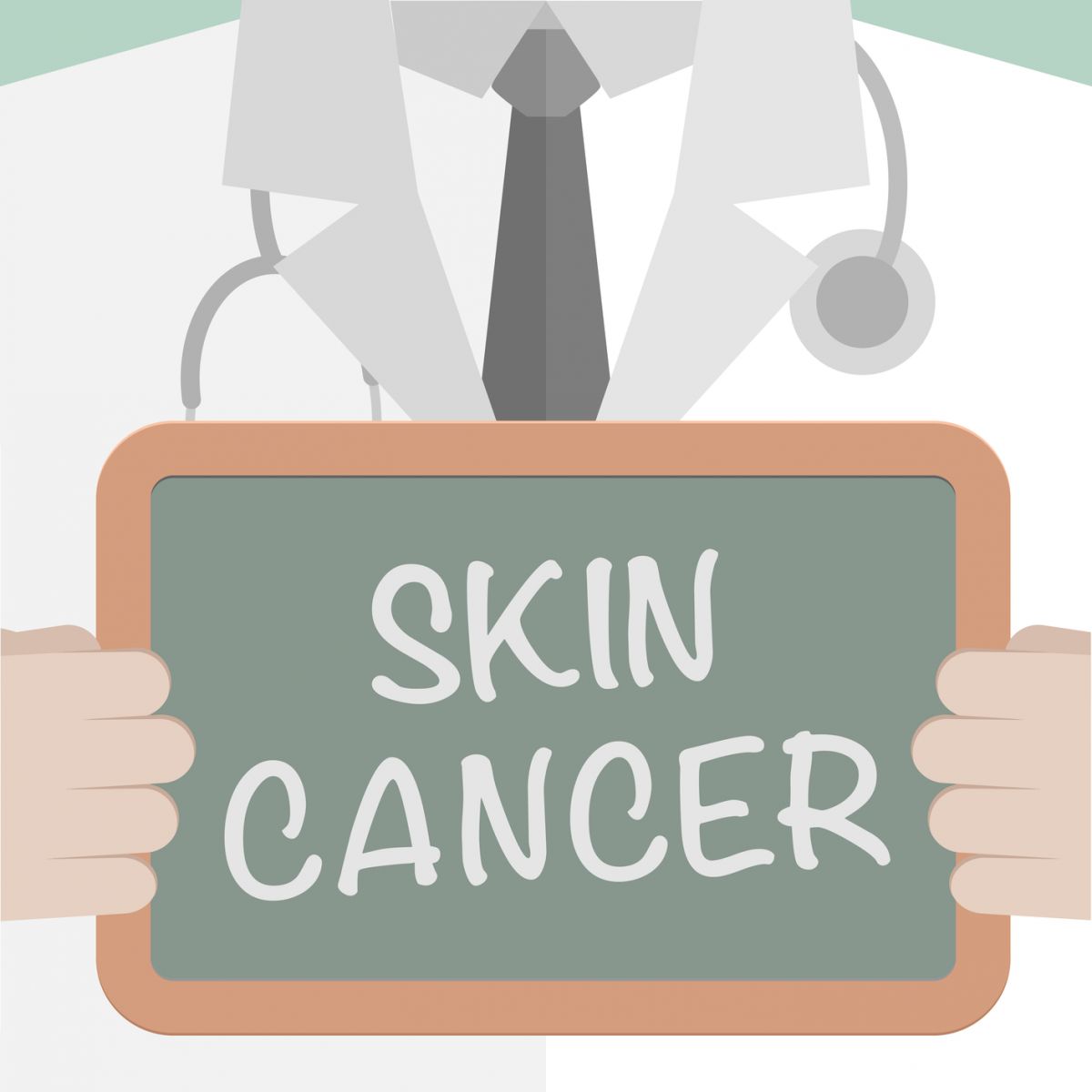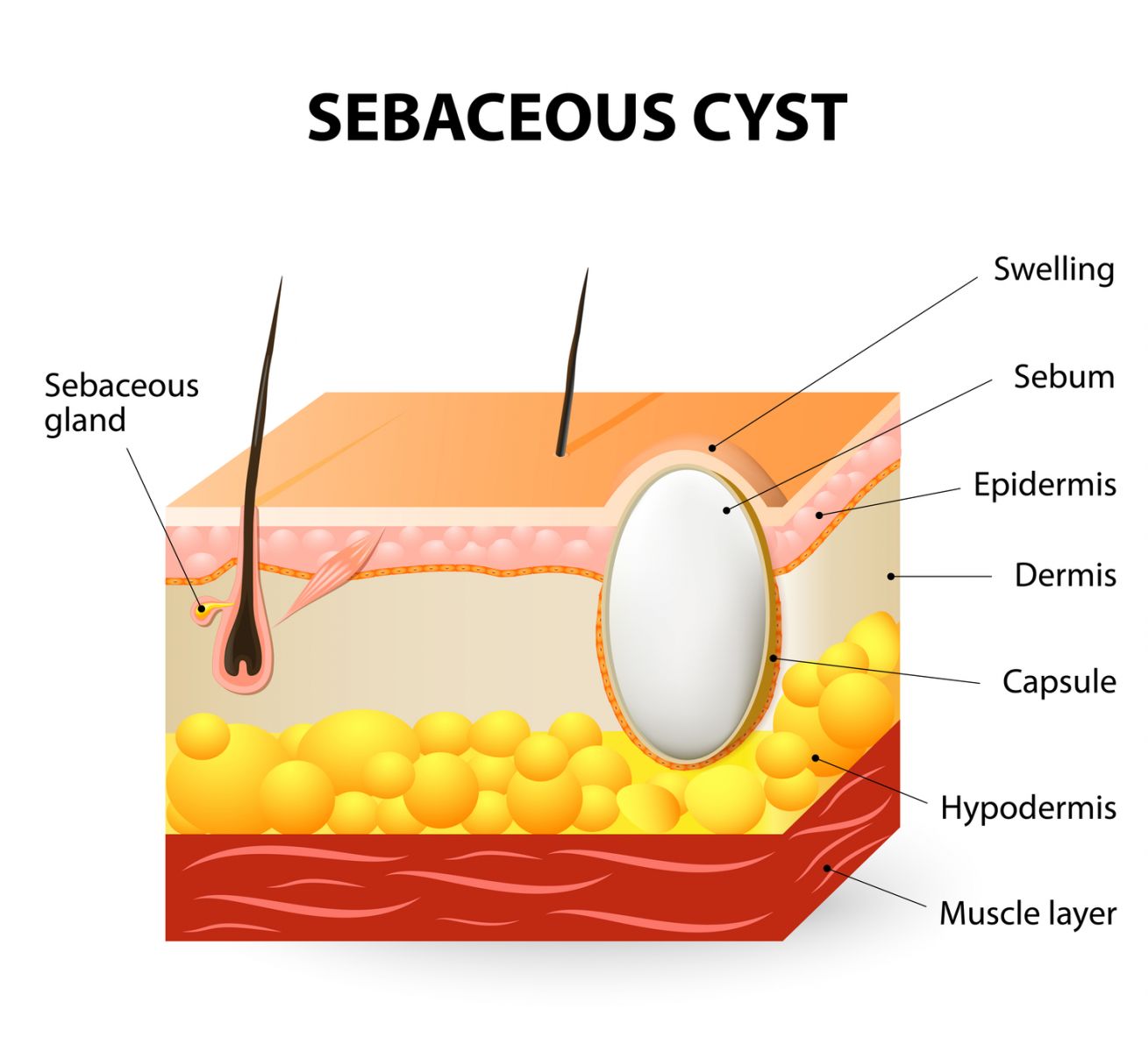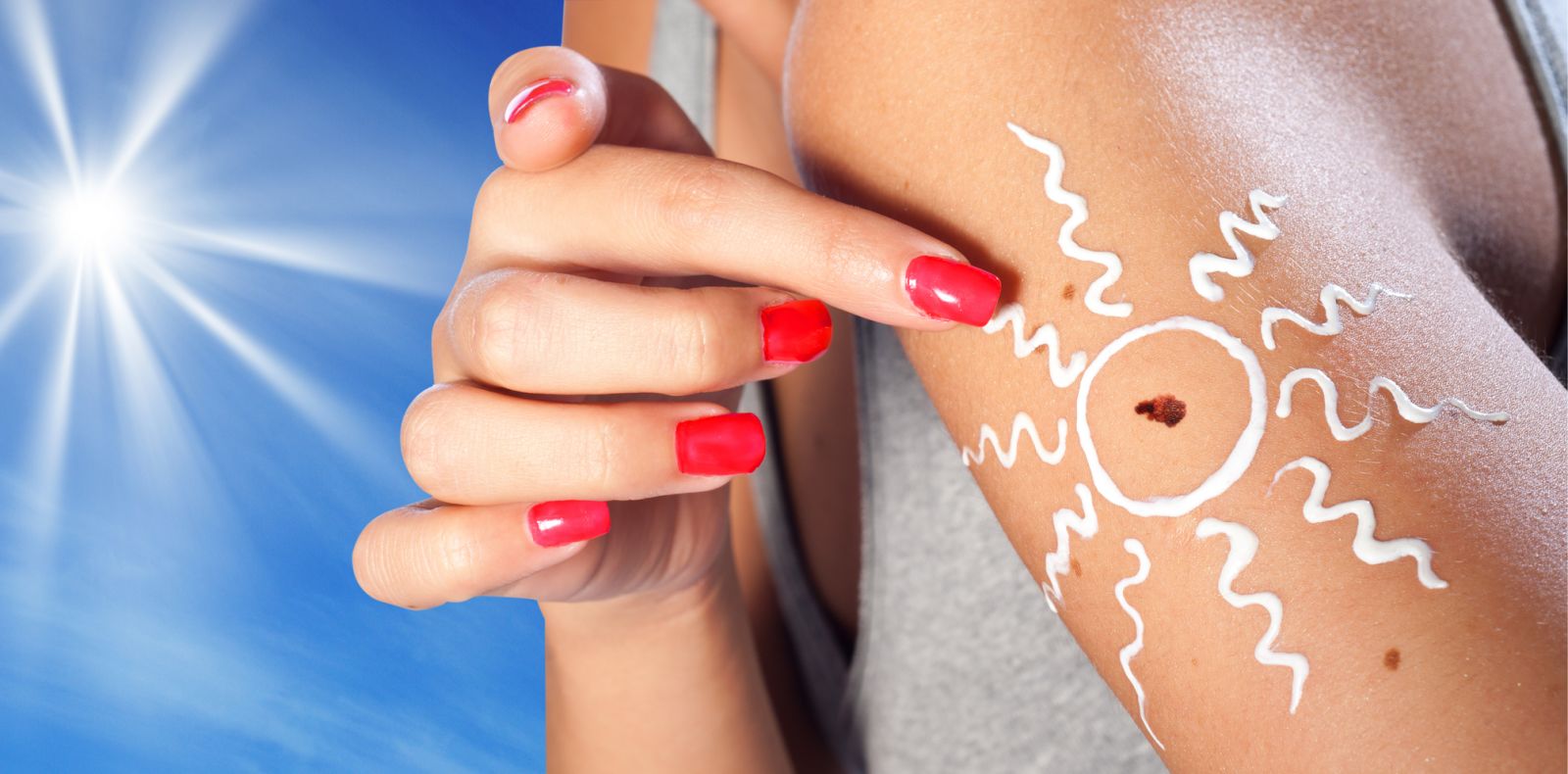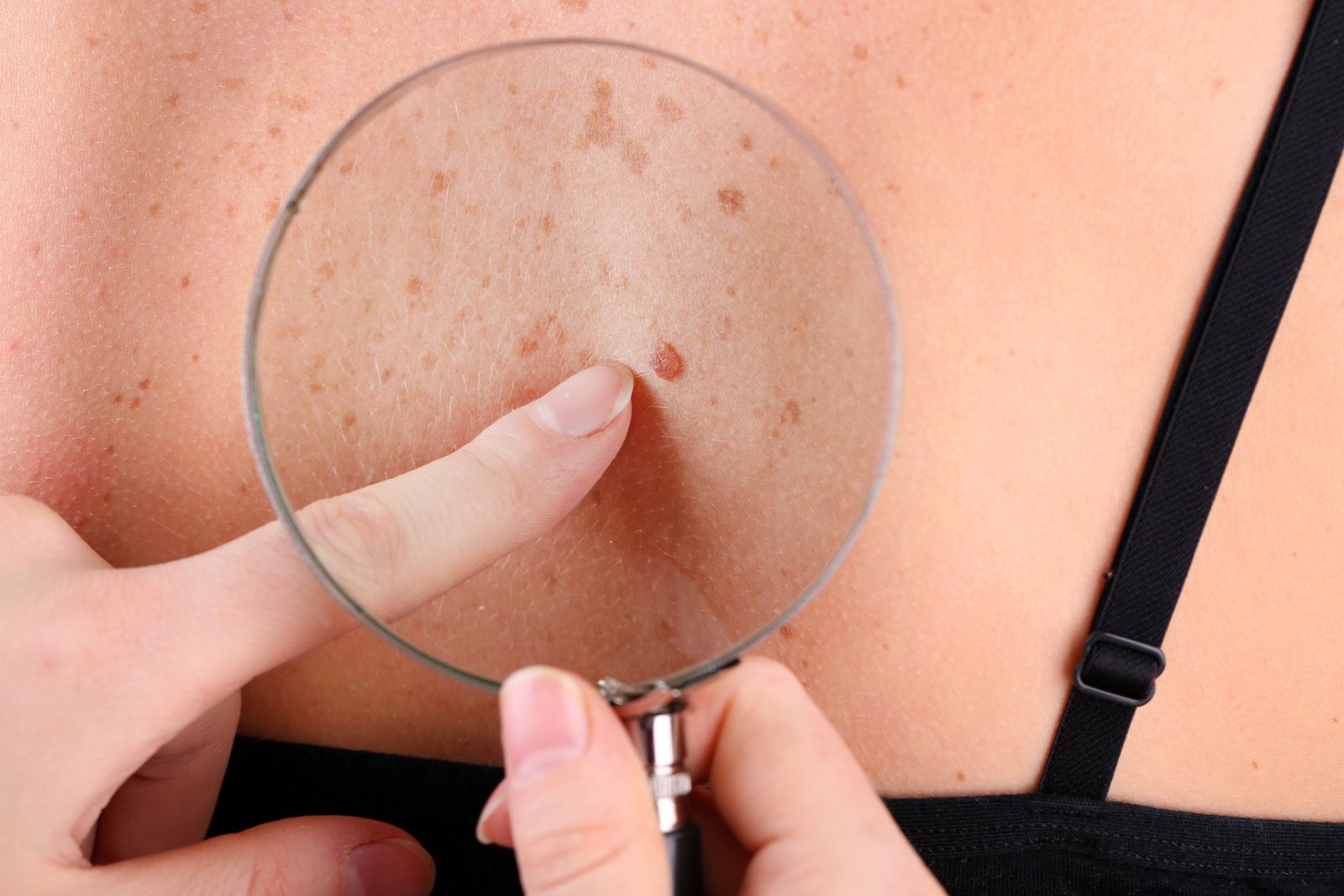Welcome to the DermacenterMD Blog
Posts for tag: Untagged

How Can Dr. Moore Improve My SMILE :)
Interestingly the realm of cosmetic dermatology has been one of the pioneers in enhancing smiles. This can be done in several ways depending on what is desired.
One of the most dramatic methods to improve the smile is to change the downward turning corners of the mouth most get as aging sets in. This down turn in the corners of the mouth can actually make others see us as grumpy, sour or unhappy when in reality we are not. To get others to see us for who we are Dr. Moore can inject a filler substance into the skin near the corners of the mouth. This can reduce the shadow in this area and give a more relaxed and neutral or positive appearance. This technique is often described as the method of turning a frown upside down.
Botulinum toxin protein can also be injected into the muscles around the mouth or some which pull down on the corners of the mouth. This can also help relax the corners allowing the lips to give a more happy appearance.
The long term application of topical retinoids in a cream such as Retin A can improve the wrinkles and roughness of the skin around the mouth. This improvement can yield a healthier smile.
Laser therapy with our top of the line and advanced system form Sciton can also improve texture, color, wrinkles and lines of the skin giving a more youthful appearance. This may be combined with some of the items listed to get more significant improvement.
Dr. Moore can find the right method to improve your smile so others around you see you as the wonderful and positive person you are.
 Melanoma is a dangerous and potentially life threatening form of skin cancer. It can happen to anyone at any age. It is important to know the following six facts about this serious form of skin cancer. It could save your life!
Melanoma is a dangerous and potentially life threatening form of skin cancer. It can happen to anyone at any age. It is important to know the following six facts about this serious form of skin cancer. It could save your life!
- Sustaining 5 or more sunburns in youth increases lifetime melanoma risk by 80 percent.
- Regular daily use of an SPF 15 or higher sunscreen reduces the risk of developing squamous cell carcinoma by 40 percent and the risk of developing melanoma by 50 percent.
- Sustaining 5 or more sunburns in youth increases lifetime melanoma risk by 80 percent.20
- Regular daily use of an SPF 15 or higher sunscreen reduces the risk of developing squamous cell carcinoma by 40 percent and the risk of developing melanoma by 50 percent.
- Melanoma is the most common form of cancer for young adults 25-29 years old and the second most common form of cancer for young people 15-29 years old.17
Source:
http://www.skincancer.org/skin-cancer-information/skin-cancer-facts#indoor
 A cyst is very similar to a blister. It is a closed capsule or sac-like structure that is typically filled with liquid, semisolid or gaseous material. They can occur on any part of the body. They can be microscopic to very large in size. Some cysts have been known to be so large that they displace internal organs. There are many different causes for cysts including: tumors, genetic conditions, infections, a defect in the cells, blockages of ducts in the body, a parasite, impact injury that breaks a vessel and more.
A cyst is very similar to a blister. It is a closed capsule or sac-like structure that is typically filled with liquid, semisolid or gaseous material. They can occur on any part of the body. They can be microscopic to very large in size. Some cysts have been known to be so large that they displace internal organs. There are many different causes for cysts including: tumors, genetic conditions, infections, a defect in the cells, blockages of ducts in the body, a parasite, impact injury that breaks a vessel and more.
Cysts can be either benign or malignant. This means they have the potential to harmful. Most cysts are benign and are therefore harmless. However, some cysts may be tumors and are formed inside tumors and are potentially malignant. There are several different treatments for cysts depending on how large it is and where it is located. If it is a significant cyst, it may need to be removed surgically. Cysts may also be drained to relieve pressure. If the cysts become inflamed, it may be injected with a cortisone medication.
If you have a cysts that is of concern to you, come in to have it evaluated. A biopsy may be performed. It is always best to have a cyst evaluated. Call our office today at 574-522-0265

This week's blog post comes from the Skin Cancer Foundation.
The Major Cause
Both long-term sun exposure over your lifetime and occasional extended, intense exposure (typically leading to sunburn) combine to cause damage that can lead to BCC. Almost all BCCs occur on parts of the body excessively exposed to the sun — especially the face, ears, neck, scalp, shoulders, and back. On rare occasions, however, tumors develop on unexposed areas. In a few cases, contact with arsenic, exposure to radiation, open sores that resist healing, chronic inflammatory skin conditions, and complications of burns, scars, infections, vaccinations, or even tattoos are contributing factors. It is not possible to pinpoint a precise, single cause for a specific tumor, especially one found on a sun-protected area of the body or in an extremely young individual.
Who Gets It?
Anyone with a history of sun exposure can develop BCC. However, people who are at highest risk have fair skin, blond or red hair, and blue, green, or grey eyes. The tendency to develop BCC may also be inherited. Those most often affected are older people, but as the number of new cases has increased sharply each year in the last few decades, the average age of patients at onset has steadily decreased. The disease is rarely seen in children, but occasionally a teenager is affected. Dermatologists report that more and more people in their twenties and thirties are being treated for this skin cancer.
Men with BCC have outnumbered women with the disease, but more women are getting BCCs than in the past. Workers in occupations that require long hours outdoors and people who spend their leisure time in the sun are particularly susceptible.
Risk of Reccurence
People who have had one BCC are at risk for developing others over the years, either in the same area or elsewhere on the body. Therefore, regular visits to a dermatologist should be routine so that not only the site(s) previously treated, but the entire skin surface can be examined.
BCCs on the scalp and nose are especially troublesome, with recurrences typically taking place within the first two years following surgery.
Should a cancer recur, the physician might recommend a different type of treatment. Some methods, such as Mohs micrographic surgery, may be highly effective for recurrences.

Here is what you should know about skin cancer:
Be on the lookout for skin cancer! 1 in 3 people are estimated to have skin cancer in their lifetime. It can affect anyone at any age and with any skin type. You can never be too careful or too cautious. Taking care of your skin, like always remembering your sunscreen, and being educated about skin cancer are great ways to protect yourself and those you love.
Below are five different skin conditions to keep an eye out for when you exam you skin, as well as a short story that demonstrates the importance of knowing what to look for and being diligent in getting in to see your dermatologist for regular skin checks.
Different Types of Skin Cancer:
Basal Cell Carcinoma (BCC)
The most common cancer diagnosed in the U.S. These present as raised, pink, translucent, pearly nodules that may ulcerate and bleed. These can be found on sun exposed sites, but not always.
Squamous Cell Carcinoma (SCC)
Usually raised, pink nodules or patches that occur on sun exposed sites. These often occur with no symptoms and a small number can become invasive.
Melanoma
This cancer can become invasive and life threatening. Most are brown to black with irregular borders, but not always.
Be alert for the ABCDE’s:
Asymmetry
Border irregularity
Color variation
Diameter (larger than a pencil eraser)
Evolving or changing
Actinic Keratosis (AK)
These pre-cancers are caused by the sun and are often rough scaly bumps. Most occur on sun exposed sites and do have some risk for developing into SCCs.
Seborrheic Keratosis
These waxy tan to brown raised lesions are very common and benign. DermacenterMD considers these proof of wisdom since most occur as you become more fruitful and wise ( a.k.a. age).
That little pink spot was important?
A nice woman who lived downtown and liked to play bingo came in because a friend told her to get a red scaling rash on the left temple checked out. It had been there two months and she had tried several over the counter creams, including hydrocortisone and anti-fungus cream, but it would not go away completely. The spot never had bleeding or pain.
It was suspicious, so a small sample of skin was taken to be sent off to the lab, a procedure termed a biopsy. Most often the biopsies have minimal discomfort and can yield important information as in her case. The spot turned out to be a basal cell cancer. Yes, that little rash was a skin canÂcer. She is an example of why we need to 1) educate ourselves on what to look out for and 2) get regular dermatology skin examinations.
Basal cell and squamous cell carcinoma are the most common skin canÂcers and they can be treated easily if caught early. Dr. Moore specializes in a scar minimizing, low downtime treatment called Mohs Micrographic Surgery. This technique also provides the highest cure rate available. If you suspect cancer, call now to get your peace of mind and safety.
Our office can be reached at 574-522-0265.
Archive:
Tags
- dry skin (2)
- moisturizer (1)
- sensitive skin (3)
- PA (2)
- Skincare (2)
- skin cancer (29)
- cancer (6)
- facts (1)
- skin (19)
- dermatology (22)
- skin care (19)
- cosmetic (2)
- wrinkles (1)
- Botox (4)
- Dysport (3)
- sleep (1)
- look good (1)
- daily routine (1)
- healthy lifestyle (1)
- doctor (2)
- patient (1)
- sun protection (5)
- sunscreen (14)
- aging dermatology (1)
- providers (1)
- tanning (2)
- sun (6)
- UVA rays (2)
- UVB rays (2)
- melanoma (10)
- Acne (2)
- Treatment (2)
- sunscren (1)
- sun exposure (5)
- Melanoma Monday (2)
- Skin Cancer Awareness Month (1)
- education (2)
- skin cancer specialist (1)
- basal cell carcinoma (1)
- squamous cell carcinoma (1)
- ingredients (2)
- improve your smile (1)
- cosmetics (1)
- laser (1)
- fillers (2)
- sunburn (3)
- avoid the sun (1)
- hat (1)
- sun clothing (1)
- SPF (1)
- Rosacea (3)
- NP (1)
- Nurse Practitioner (1)
- mid-level provider (1)
- physician (1)
- dermatologist (6)
- cosmetic dermatology (4)
- anti-aging (2)
- youthful looks (1)
- Eczema (2)
- rash (2)
- itch (1)
- the rash that itches (1)
- reduce itch (1)
- itching (1)
- getting along with others (1)
- basal cell (2)
- squamous cell (2)
- detection (1)
- Mohs surgery (2)
- photoaging (1)
- Inspiring (1)
- word of the day (1)
- inspiration (3)
- uplifting (1)
- protection (4)
- lips (1)
- reduce wrinkles (1)
- look younger (1)
- encouragement (1)
- never give up (1)
- you can do it (1)
- medical school (1)
- dreams (1)
- brown spots (1)
- moles (2)
- liver spots (1)
- age spots (1)
- Abe Lincoln (1)
- life lessons (1)
- lip cancer (1)
- health (12)
- motivation (1)
- work (1)
- people (2)
- home life (1)
- lifestyle (1)
- ABCDEs of Melanoma (1)
- mole (1)
- skin check (2)
- skin facts (2)
- odd (1)
- fun (1)
- interesting (1)
- lung cancer (1)
- disease (1)
- Christmas (2)
- gifts (1)
- sun burn (1)
- winter skin tips (1)
- itchy skin (1)
- winter skin (1)
- myths (1)
- myth busted (1)
- skin protection (1)
- sunscreen safety (1)
- specialist (1)
- red skin (1)
- irritation (1)
- feel good (1)
- helping (1)
- help (1)
- helping others (1)
- treatment options (1)
- skin health (9)
- Vitamin D (2)
- tanning beds (1)
- skin health. dermatology (1)
- sunshine (1)
- awareness (1)
- prevention (1)
- sun damage (3)
- connections (1)
- working together (1)
- health care (1)
- biotin (1)
- medical (1)
- aging (1)
- elkhart (1)
- Roger Moore (1)
- check (1)
- skin type (1)
- skin cancer prevention (1)
- gift guide (1)
- Christmas gift guide (1)
- Dr. Roger Moore (1)
- holidays (1)
- family history (1)
